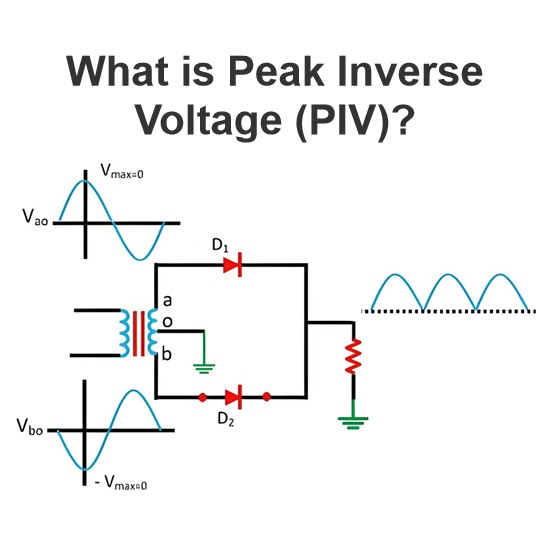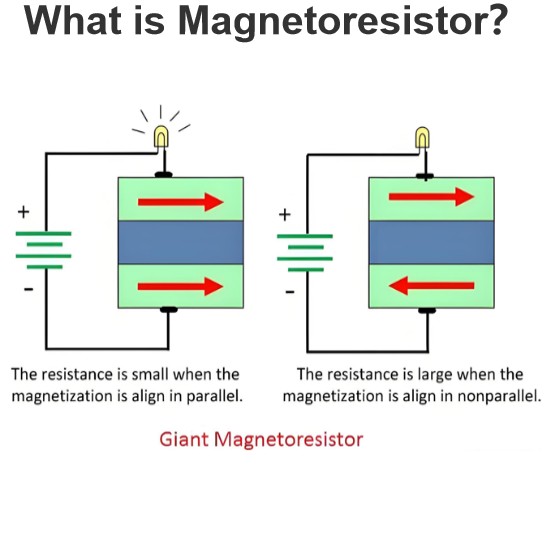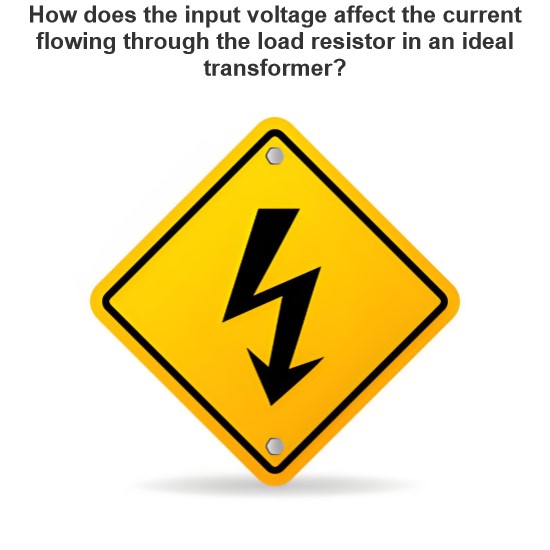Advantages and disadvantages of high voltage and low current
Advantages of using high voltage and low current
Reduce transmission losses
Resistance loss: According to Joule's law (P=I2R), the greater the current, the greater the resistance loss. Therefore, in the case of transmitting the same power, the use of high voltage and small current can significantly reduce the resistance loss.
Wire size: The use of high voltage can reduce the current density in the wire, allowing the use of thinner wires and reducing material costs.
Improve transmission efficiency
Long-distance transmission: When transferring power over long distances, high-voltage transmission can significantly improve transmission efficiency and reduce energy loss.
Reduced wire weight: Using a thinner wire means that the weight of the wire is reduced and the burden on the tower is reduced.
Improve security
Reduce the risk of electric shock: Compared with low voltage and large current, high voltage and small current have a lower risk of electric shock when contacted, because small current does not easily pass through the human body.
Equipment size
Equipment size: High-voltage equipment can be made more compact because there is no need to deal with high currents.
Disadvantages of using high voltage and low current
Cost
High voltage equipment costs: High voltage equipment (such as transformers, switches, insulators, etc.) is usually more expensive than low voltage equipment.
Insulation requirements: High voltage systems require better insulation measures, increasing the cost.
Maintenance difficulty
Maintenance complexity: The maintenance of high-pressure systems is usually more complex and requires professional personnel to operate.
Safety measure
Operating requirements: High-pressure systems require strict operating procedures and safety measures, increasing management costs.
Advantages of using low voltage and high current
Lower cost
Low voltage equipment cost: Low voltage equipment is usually cheaper and easy to obtain.
Low insulation requirements: Low voltage systems have low insulation requirements, reducing the overall cost.
Easy maintenance
Simple maintenance: Low voltage systems are relatively simple to maintain and do not require particularly complex tools or expertise.
Easy to operate
Simple operation: The operating procedures of the low-voltage system are relatively simple and easy to train and operate.
Disadvantages of using low voltage and high current
High transmission loss
Resistance loss: Low voltage and high current systems are prone to large resistance losses, especially during long distance transmission.
Wire size: Thicker wires need to be used, which increases material costs and transportation costs.
Security risk
Electric shock risk: High current can easily lead to serious electric shock accidents, increasing the safety risk.
Equipment size
Device size: Low-voltage high-current devices typically require a larger size to handle current, increasing space requirements.
Sum up
When choosing between high voltage and low current or low voltage and high current, the following factors need to be considered:
Transmission distance: Long distance transmission is suitable for using high voltage and small current.
Transmission power: High power transmission is also suitable for using high voltage and low current.
Cost-effectiveness: You need to weigh equipment costs, maintenance costs, and operating costs.
Safety: High voltage and low current have certain advantages in safety, but better insulation and operating procedures are required.
Application: Different application scenarios may be more suitable for different solutions.
The Electricity Encyclopedia is dedicated to accelerating the dissemination and application of electricity knowledge and adding impetus to the development and innovation of the electricity industry.













